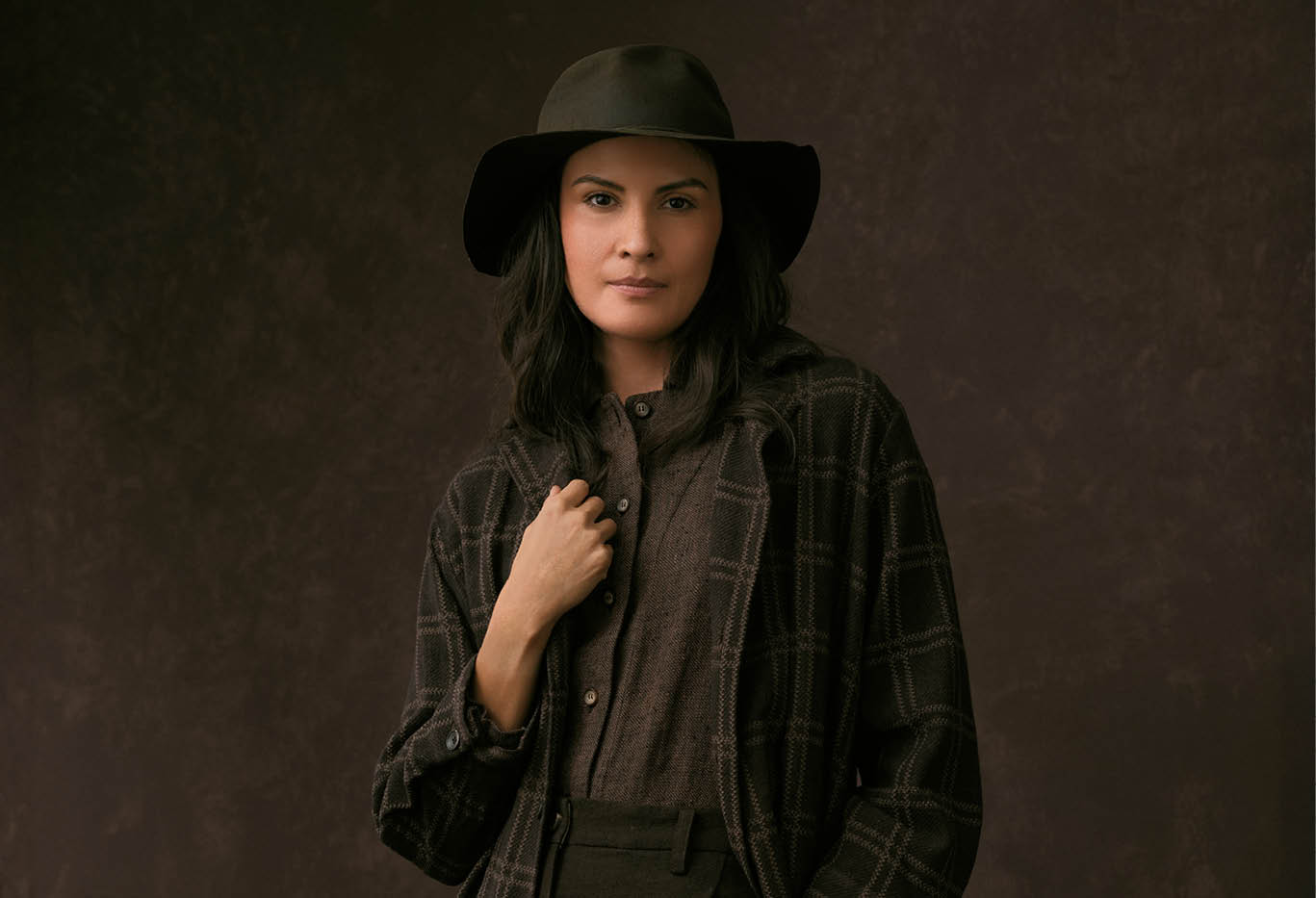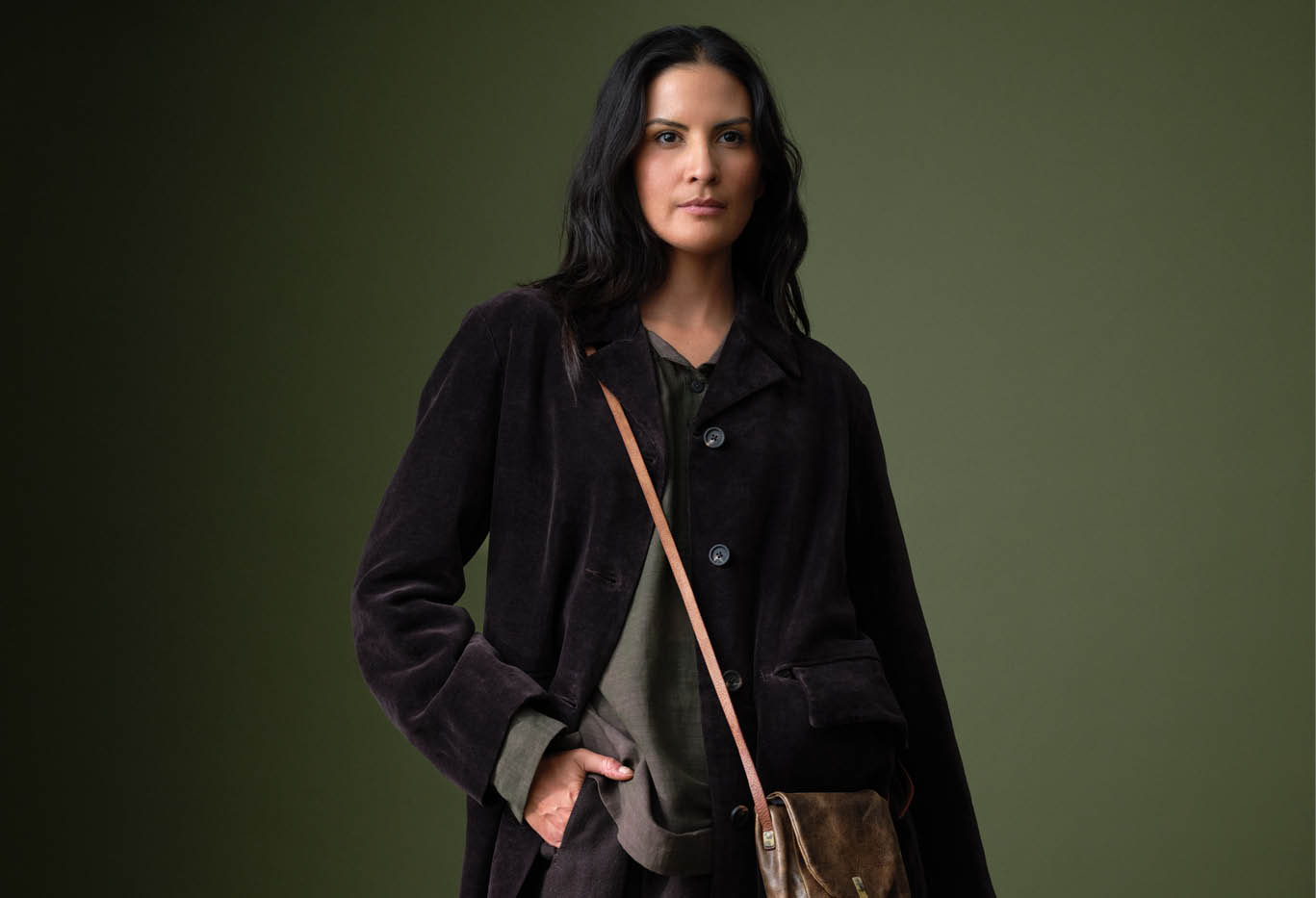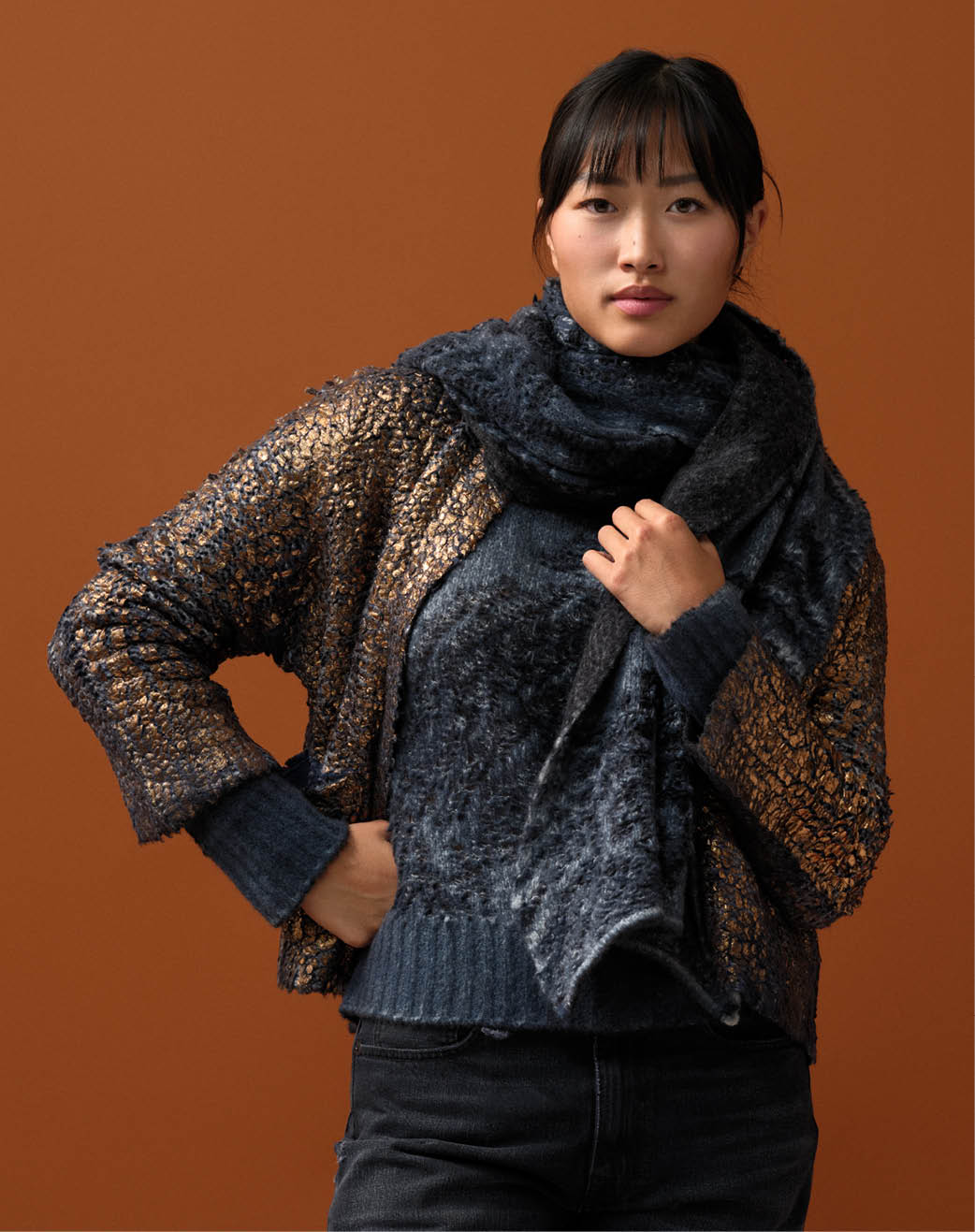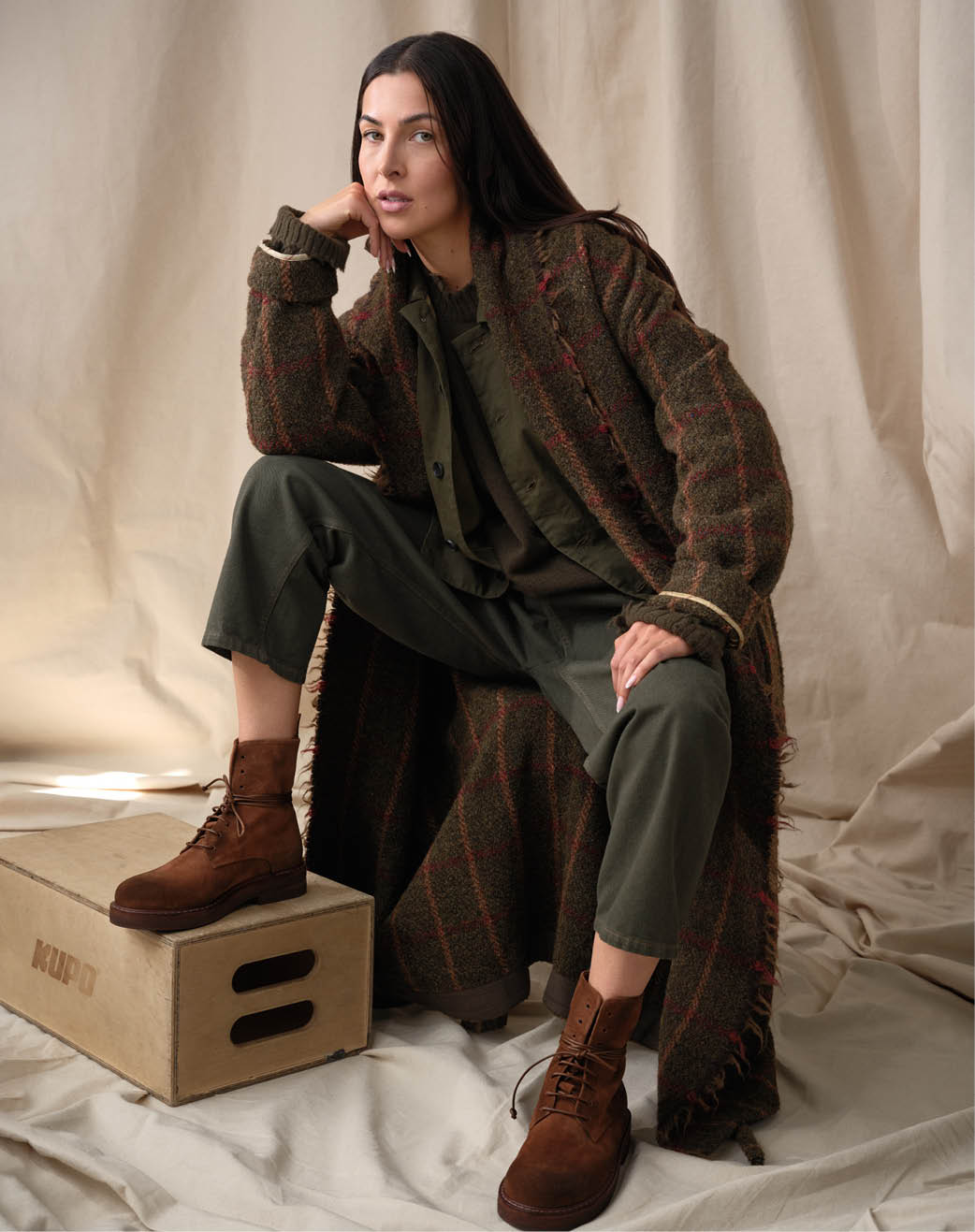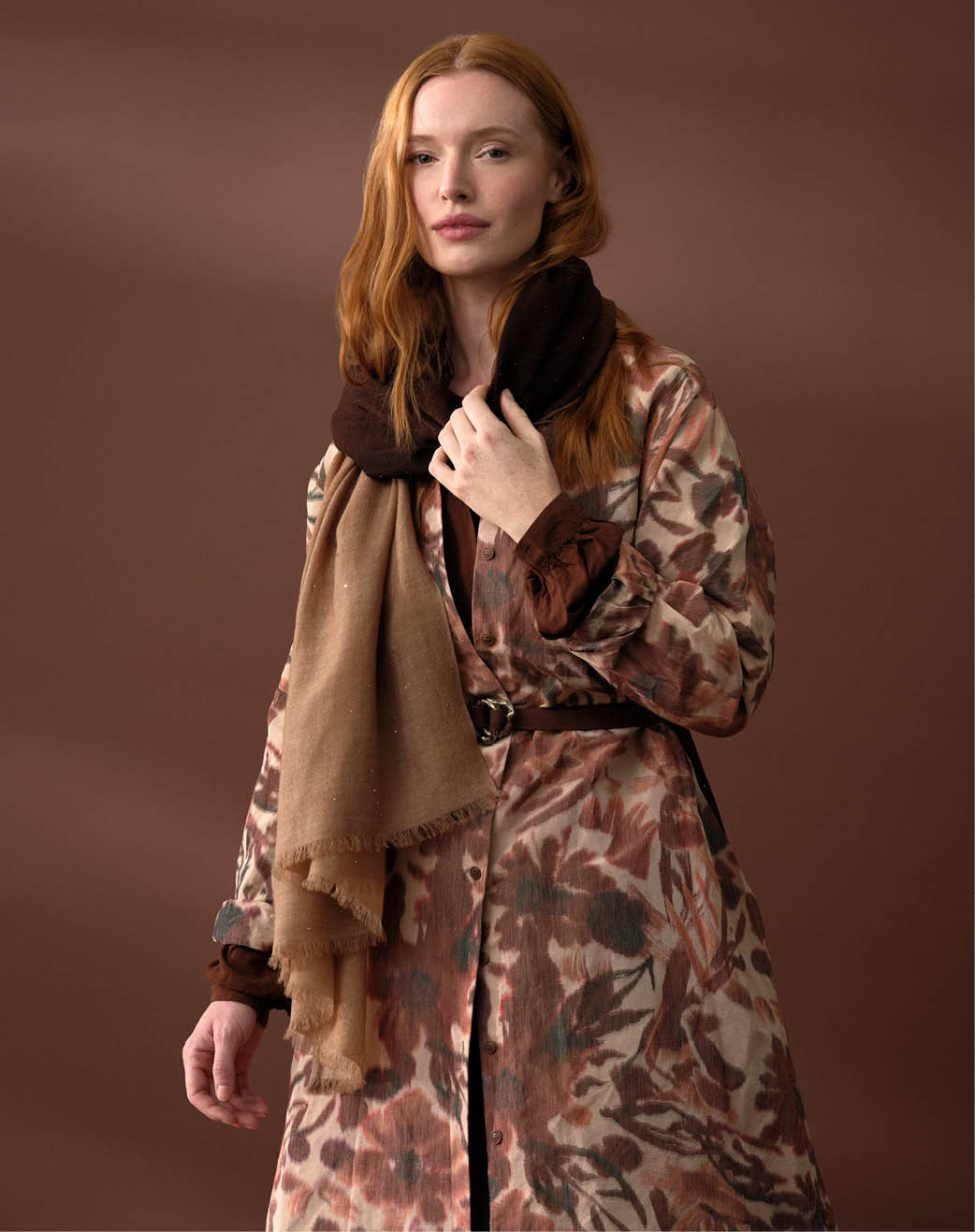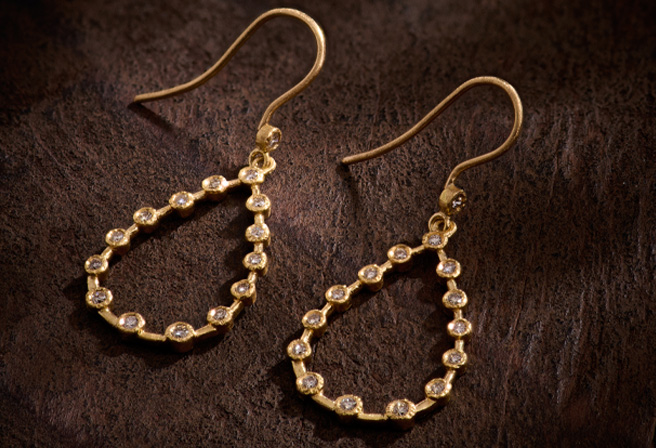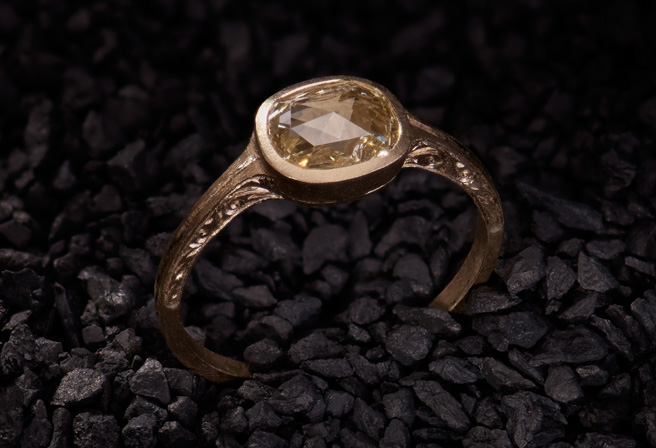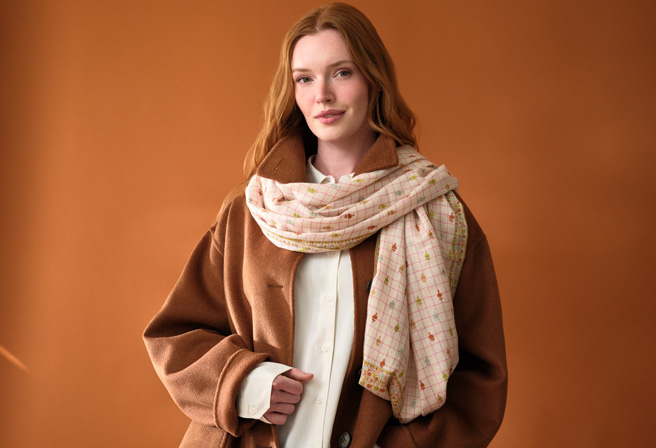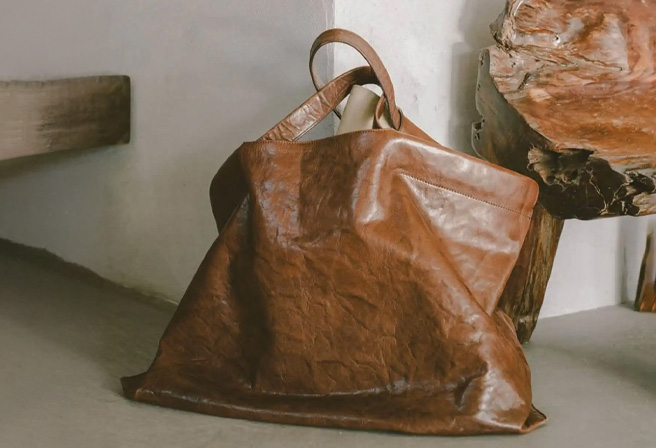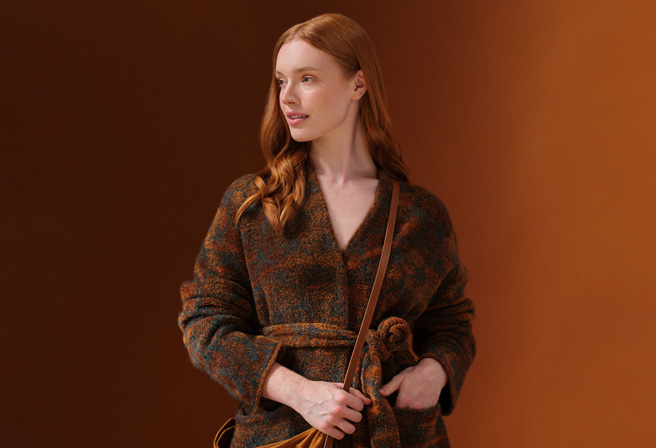
Images by Etro
With every new season comes fresh colors and patterns reinvented from collections past. Pantone’s color report for this spring predicts bright yellows, oranges, variations of fuchsias, and deep royal blues. We are seeing these hues manifest in our new arrivals for spring, along with a few notable prints that we’re seeing persistently reappear.
One of these, with an enriched history that surpasses fashion itself, is paisley. It is not uncommon for designers to find inspiration from the rich heritage of ancient history. In this case, the paisley pattern traces all the way back to Mesopotamia in the third century BC. The motif of meticulous swirls and teardrops, with seemingly endless yet consistent variations, has evolved with meaningful symbolization throughout the years.

Left: Etro Paisley Print Shirt, Right: Sacai Bandana Print Wide Leg Pants
The world discovered and obsessed over paisley as it swept from the East to West, appearing in Indian prints and Celtic embroidery where it was a symbol of fertility and eternal life. In Europe, some believe the pattern had the power to ward off bad luck, and others saw it as a symbol of rebellion. The design later became deeply ingrained in the music world, worn by rock icons like David Bowie, Jimi Hendrix, and Mick Jagger, and American soul artists like Etta James and Leslie Uggams.
As we are beginning to set foot into spring, some honorable mentions like Sacai, Issey Miyake, and Mieko Mintz have beautifully folded the iconic motif into their new collections. However, the brand that remains paisley’s most loyal devotee is Etro. Traditionally, their collections are bursting with luxurious paisleys, and each time the designers revive it through constant experimentation with techniques, color palette, and varying intricate details. Their new collection is no exception, taking paisley to the Californian shore—Veronica Etro’s central inspiration for the current collection.
